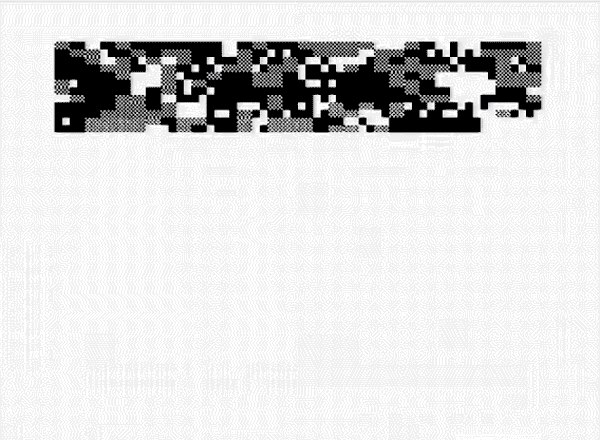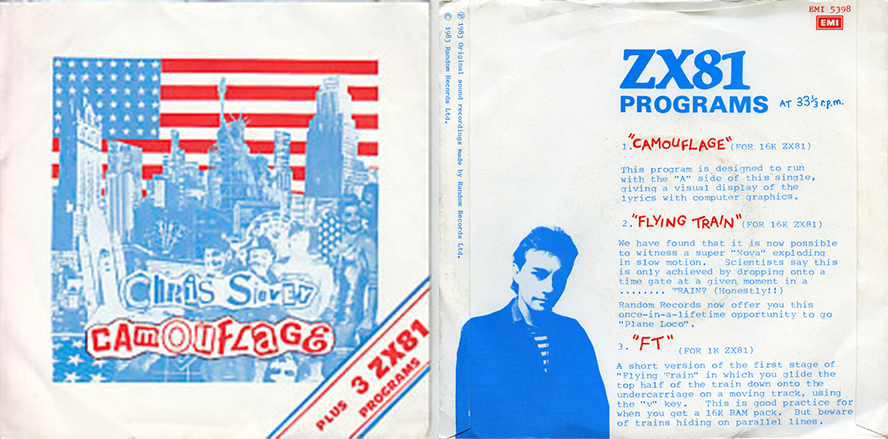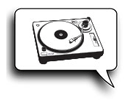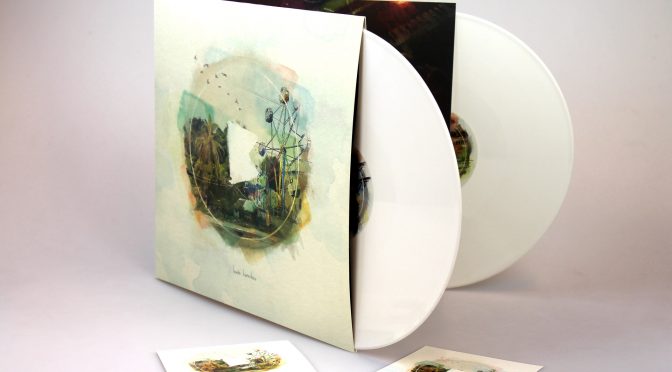Der Begriff B-Seite ist bekannt aus der Zeit in der Schallplatten, insbesondere 7inch-Singles, Hochkonjunktur hatten. Gemeint ist die Seite einer Singleschallplatte, auf der in der Regel ein weniger bekannter Titel zu hören ist. Daran lehnt sich auch der Name der Hamburger Band b.seite an, die ihr Album Kartenhaus kürzlich auf Vinyl pressen ließen. Heute ist Release-Tag und wir stellen euch die sehenswerte Produktion und Band vor.
b.seite – Kartenhaus | Vinyl-Produktion mit CD und Download-Code weiterlesen
Musikvideo auf Vinyl als B-Seite

Sinclair ZX81 programmes
Ein Musikvideo auf einer Schallplatte speichern und abspielen. Klingt unmöglich? Ist jedoch machbar.
Die Single der Solo-Veröffentlichung des Musiker und Komiker Chris Sievey, später bekannt als Frank Sidebottom, von der Punkband The Freshies mit dem Titel Camouflage hatte ein solches Feature. Statt einen weiteren Song auf die B-Seite zu packen, fanden sich dort drei Computerprogramme.

The Freshies – Camouflage
Man konnte das Video natürlich nicht direkt von der Vinylplatte abspielen. Vorher musste man die Klänge erstmal auf eine Datasette überspielen. Mit dieser konnten die Programme auf dem Sinclar ZX81 ausgeführt werden. Die ersten zwei Programme waren Versionen eines Spieles namens Flying Train, das dritte Programm war schließlich das Musikvideo, welches man hier, von einem Fan aufgenommen und überholt, sehen kann:
Ein Auszug der Videobeschreibung des YouTube-Users soundhog09 verdeutlicht, wie kompliziert der Vorgang war:
[…]The third file was an animated (albeit very basic, and BASIC) pop video for the song on Side-A. I’d seen this demonstrated on TV some time after its release, possibly on Whistle Test, alongside Pete Shelley’s XL-1 which came out slightly later. I never tracked a copy of the record down at the time. Nearly 30 years later, I found an unplayed copy, so set to work.
Quite a few people experimented with cutting computer data tones into vinyl, or even flexidiscs, in the early 1980s. The success rate of loading any of these was pretty bloody dismal, and there are letters/articles bemoaning that fact in several of the computer magazines of the day. One scratch, mark or even a bad mastering/cutting job at the pressing plant would scupper everything. In this case, even though the record was effectively new, it still needed a good clean (using PVA glue) to remove some muck lodged in the groove before I could get a good enough recording of the data with no odd noises, pops or clicks. I then had to filter off the unwanted frequencies at either end, fiddle with the levels and blah blah blah.
The program had to be run on an emulator on the PC, as my ZX81’s 16K RAM pack went missing in the last ice age. The visuals didn’t sync up with the music at all, probably as a result of this, so I chopped, stretched and edited it all over to (hopefully) fit properly, as Mr. Sievey had intended. It may not be the most sophisticated bit of computer animation you’ll see today, but this was visionary stuff nonetheless… You know it is. It really is.
Quelle: us vs. th3m

